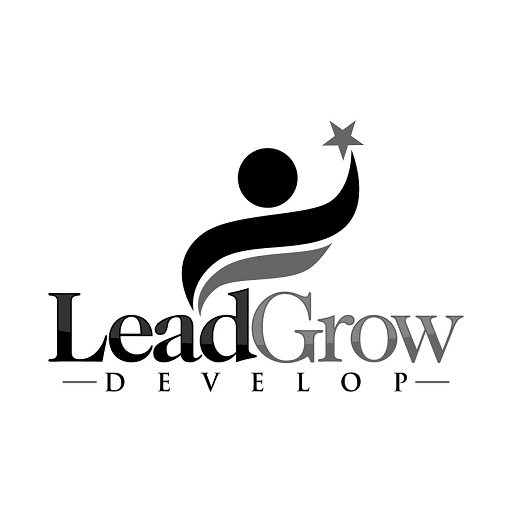Jacqueline Hazan, CEO, Hazan Consulting
Earlier this spring, I had the incredible opportunity to participate in a CEO roundtable. The group was composed of 20 or so extremely experienced CEO’s at the helm of a wide variety of businesses at very different stages of their growth journey. The conversation quickly focused on the main challenges each CEO was grappling with.
Many questioned how they, as CEO’s, could recognize earlier and act faster when their company stage had outgrown the current talent. How could they do this in a manner that was authentic, empathetic and aligned with the company’s values.
Many reflected that they were too slow to act and that this hurt not just their businesses, but the individuals who were so critical to the early stage success they enjoyed.
The struggle is real. Recognizing when your business is evolving, understanding the underlying implications for your talent and acting quickly and empathetically is really hard.
Leaders know the needs have changed but are so grateful to the early stage CFO who got them to where they are today. They know the CRO is an incredible high growth driver but the business is seeking efficiency and optimization over expensive growth.
There are countless reasons why an organization or an individual might no longer fit together. There is a world in which both parties can approach this evolution with transparency, dignity and respect for the land, and achieve the best possible outcomes for the businesses and their employees.
Before we jump into how CEOs can effectively lead through business growth, it’s important to understand the significant transformation that can occur at different company stages. Recognizing and addressing these business requirements and understanding the underlying talent requirements is crucial for sustaining success.
Small organizations: typically have a lean structure and limited resources. During the early stages, founders and key employees often handle multiple responsibilities. As the organization grows, new talent needs emerge:
- Specialist Expertise: Small organizations often lack specialized skills in areas such as marketing, finance, or human resources. As growth progresses, acquiring experts in these fields becomes essential for scaling operations. For example, a small technology startup may need to hire a dedicated marketing professional to establish a strong brand presence.
- Cross-Functional Collaboration: In small organizations, employees often wear multiple hats and work closely together. As the organization expands, it becomes necessary to foster cross-functional collaboration and develop cohesive teams. For instance, a small design agency may need to create dedicated teams for different client projects to ensure efficient execution.
Mid-sized organizations: have experienced initial success and are ready to take their operations to the next level. The talent needs in this growth phase differ from those of small organizations:
- Leadership and Management: With an expanding workforce, mid-sized organizations require strong leaders and managers who can coach teams and drive strategic decision-making. This often involves identifying and promoting internal talent or hiring experienced professionals externally.
- Process Optimization: As operations become more complex, mid-sized organizations need individuals with expertise in process optimization and efficiency enhancement. These professionals can help streamline workflows and identify areas for improvement. A mid-sized manufacturing company might hire a process improvement specialist to optimize production systems.
- Operational Efficiency Balanced Against Innovation: Early investments in innovation have likely paid off at this stage. The organization now has to focus on optimizing for resource and cost efficiency in order to support profitable scale. Balancing this against the need to continue to innovate to maintain market position or support further growth requires strong culture, clear strategy and communication.
CEOs, boards and executive teams play a vital role in recognizing and acting upon the evolving talent needs within their organizations. Here’s how they can approach this process with speed, compassion and empathy:
- Create a Strategic Roadmap: What three to six outcomes does your business need to achieve in the next 9-12 months? What steps must you take to align talent, processes and technology in order to attain those outcomes?
- Communicate: Foster a culture of open communication where employees regularly have access to the latest information on the company’s direction and are comfortable discussing their aspirations and concerns. Regularly communicate about how culture, process and talent needs are changing, contextualize them against the outcomes the business must attain and foster open dialogue when this change outpaces individual interest or capacity.
- Systematize Coaching: Your manager’s main KPI should be how effectively they coach their teams. Period. Companies that systematize coaching and hold managers accountable to their results will outperform and realize better results for both employees and the business.
- Normalize Transitions: Individuals outgrow organizations and organizations outgrow individuals. It’s time to normalize this cyclical transition that inevitably impacts every employee and every business. Companies can set up transparent exit practices that are equitable, respectful and supportive. Approaching transition conversations with dignity, respect, and empathy enables a critical cultural shift that normalizes early transition conversations, supports planning and leads to better outcomes for individuals and the business.
The talent needs of an organization evolve in parallel with its growth phases. Recognizing and addressing these evolving needs is crucial for sustainable success. By adopting a compassionate and empathetic approach, CEOs can foster a culture of growth and development, effectively nurturing talent and positioning their organizations for continued prosperity.
